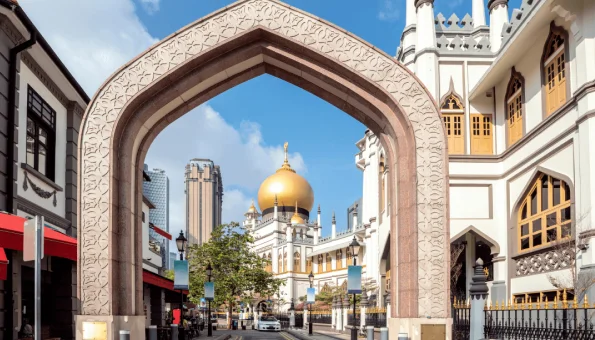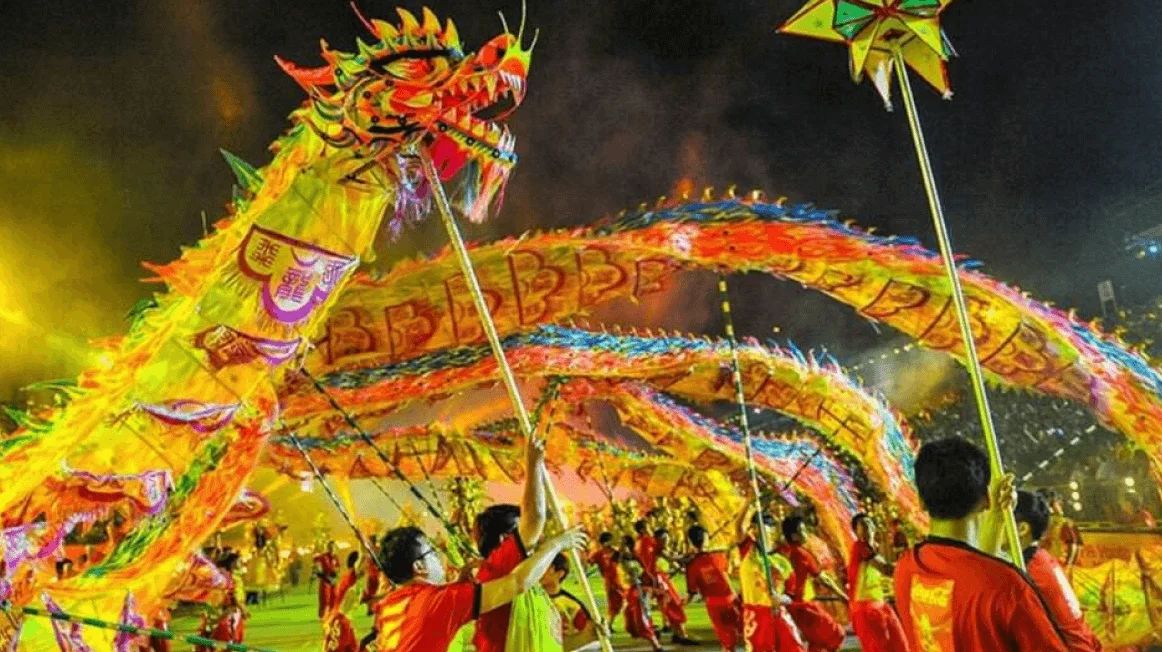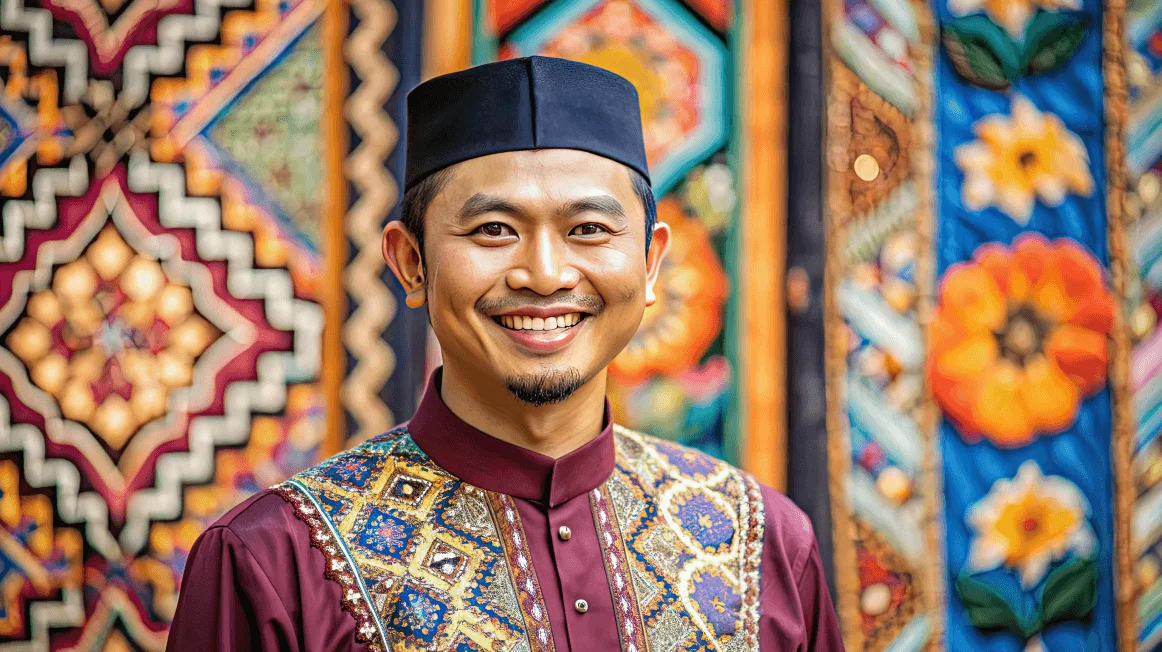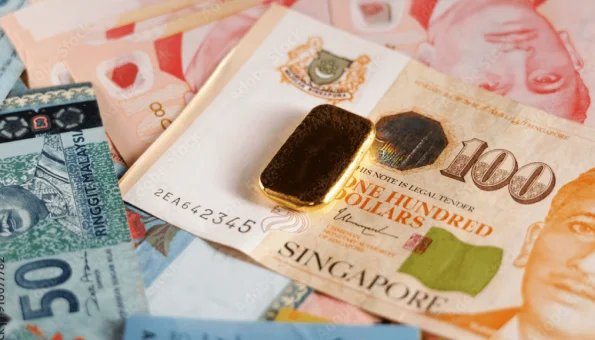
Singapore's rich history is a fascinating tapestry of cultural influences. From its early beginnings as a small fishing village, the island became a vital trading post under the rule of the Srivijaya and Majapahit empires. Its modern transformation began in 1819 when Sir Stamford Raffles established it as a British trading colony. Over the years, Singapore developed into a significant port, attracting traders from China, India, and the Malay Archipelago, shaping its multicultural identity.
Post-independence in 1965, the city-state evolved rapidly, blending its colonial past with a dynamic present, all while preserving its heritage in areas like Chinatown, Little India, and Kampong Glam. Singapore's history is not just about its rise to economic power, but also about the enduring cultural legacy that continues to influence its global identity today. Overall the astonishing journey of Singapore from the ancient era to modern era is a testament of adaptation and resilience. These significant events and tremendous development over the years made Singapore really a destination to explore.





